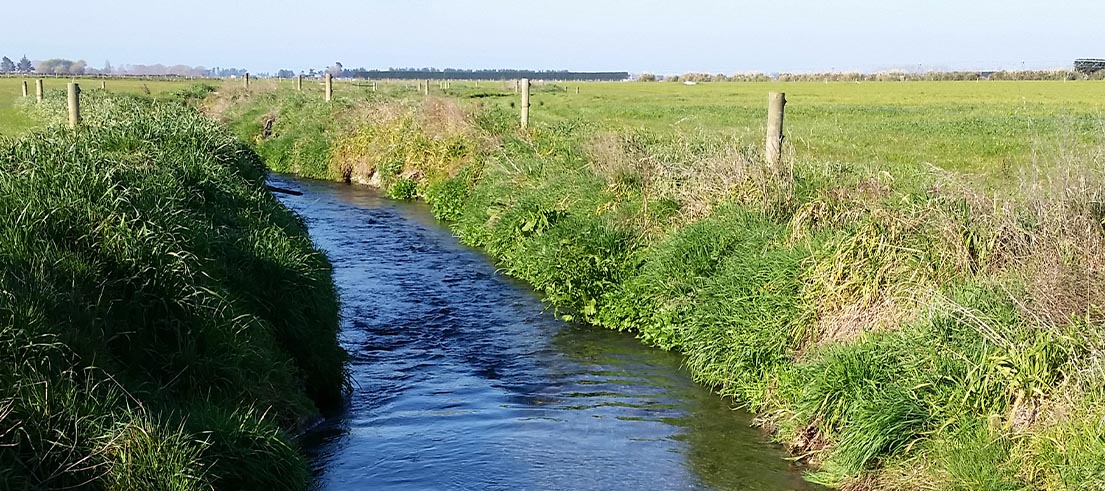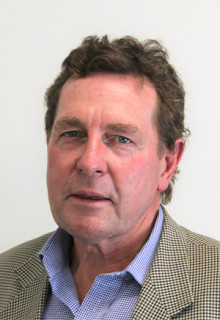
Understanding each other
The Mayfield Hinds Valetta (MHV) irrigation scheme’s application for a consent renewal made the news a lot over the past couple of months, with strong voices on both sides of the argument.
Unfortunately, the issue has been subject to exaggerations and misunderstandings.
The Ashburton water zone committee wants to reflect the public’s wide range of views on our waterways. But first we need to sort the facts from the fiction.

William Thomas, Chair, Ashburton water zone committee
One large consent replaces many small consents
MHV takes water from the Rangitata Diversion Race and provides it to farms between the Rangitata and Hakatere/Ashburton Rivers through its network of races and pipes.
It is subject to minimum flow conditions on the river, and in many cases, has allowed irrigators to stop aquifer-depleting groundwater extraction.
MHV’s consent to discharge nutrients covers all the farms that operate under its scheme. That’s more than 50,000 hectares of mid-Canterbury farmland.
While it may be true technically that this consent allows for more nitrogen discharge than any other single consent, that’s a function of the number of farms it covers.
If the MHV consent was not renewed, each individual farm currently covered by the consent would have to apply for its own consent to discharge nutrients. This would be much more difficult to monitor for compliance, and not result in any net benefit.
A consent to discharge, not to pollute
Resource consent is required when land use has a significant detrimental effect on the environment. We need to be clear: fertilizer use does have a detrimental effect when compared to leaving the land bare. But for farmers, and the wider Ashburton economy, that’s not a feasible option.
The reality is that intensive farming exists in our zone, and farmers are now required to reduce their rate of fertilizer use to minimise that impact. In the majority of cases, farmers are already doing this, which we hope will lead to an improvement in freshwater quality.
The MHV consent is how we manage those requirements and measure their effects.
Plan Change 2 and nitrate discharge
When the Ashburton water zone committee was established, we quickly realised that the Hinds/Hekeao plains were a problem area for nitrate in groundwater.
Unfortunately, nitrate levels in the area, and much of the wider Ashburton zone, are among the highest in the country. You can find a risk map for nitrate in Ashburton drinking water on the Community and Public Health website, and the LAWA website has information on groundwater nitrate. The picture in our zone isn’t pretty.
That’s why we worked with Council to advise on Plan Change 2 (PC2) to the Land and Water Regional Plan, setting a target nitrate-nitrogen concentration of 6.9 mg/L in shallow groundwater.
To achieve this target, farmers in the catchment must reduce nitrogen losses by 15% by 2025, 25% by 2030 and 36% by 2035.
But we need to recognise that human health is not the only factor here. High nitrate levels in surface water are a threat to freshwater ecosystems.
Conditions will hold MHV to account
The hundreds of farmers who are part of the MHV scheme will be relieved by the decision to grant consent renewal. It gives them certainty that they will be able to continue with their livelihood.
I’m also pleased this new consent requires MHV not only to work with farmers to reduce nitrogen inputs, but to show actual downstream improvement to the streams and groundwater of the Hinds/Hekeao plains. Those reduction targets are now legally binding for MHV scheme members.
Simply said, it gives MHV time to demonstrate that reducing nitrogen leaching is sufficient to reduce nitrate levels in the water. If it can’t show that improvement, then greater reductions will be required.
This decision is the result of people with diverse interests working together towards a common goal of improving freshwater quality.
Our work to ensure that freshwater systems continue to support us and local ecosystems now and into the future will continue. We can best do that by listening to each other’s concerns and working constructively together.
More information
- Find out more about the Ashburton water zone
- Apply to be on the Ashburton water zone committee
- Subscribe to your water zone mailing list
